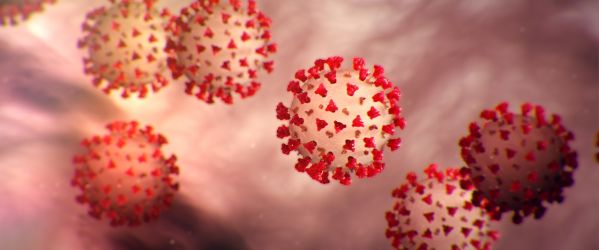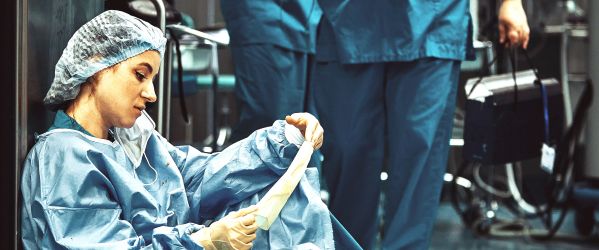By Kristine Catimbang, OSHAcademy Training Coordinator
Prevention is key to staying healthy during the annual flu season. Flu viruses circulate annually, but your risk of catching a virus increases during the flu season. As we approach the upcoming 2020-2021 flu season, it is more important than ever to reduce the spread of respiratory illnesses. The best form of prevention is getting the flu shot each year.
In the United States, the flu season is said to occur in the fall and winter. Flu activity usually peaks between December and February (CDC, 2018). The peaks of flu season were determined through data collected by the CDC between the 1982-1983 and 2017-2018 flu seasons. It is important to get the vaccine at the beginning of the flu season to make sure you are protected during the peak months. The CDC monitors, collects, compiles, and analyzes information on the flu throughout the year see the impact of the flu viruses on the United States each year. Influenza surveillance data collection is based on weekly reports voluntarily provided by states, laboratories, and health care providers. It is recommended for individuals to get the flu vaccine between early September and the end of October. After you get the vaccine, it takes about two weeks for your body to build up enough antibodies to protect you from flu viruses (Pietrangelo, 2020). It takes between one and two months for your body to build up its maximum number of antibodies to fight the flu. Getting the vaccine will lower your risk of getting the flu and lower your risk of complications associated with the flu.
Influenza is associated with serious illness, hospitalizations, and death among certain groups of people. These groups include older adults, very young children, pregnant women, and those with chronic medical conditions. Those at highest risk should get vaccinated to decrease their chances of contracting a flu virus. Getting vaccinated too early can put individuals at higher risk of contracting the flu. Protection from the vaccine fades over time, so getting the vaccine too early can leave you susceptible to contracting the virus near the end of the flu season (Pietrangelo, 2020). It is important to note that older adults should not get their vaccinations too early in the season. Older adults should receive the flu vaccinations during the recommended time between early September and late October. Children between the ages of 6 months and 8 years should receive their doses as soon as the flu vaccines become available.
References
Centers for Disease Control and Prevention (CDC). (July 2018). The Flu Season. Retrieved from https://bit.ly/3orWAqc
Pietrangelo, Ann. (July 2020). What’s the Best Time of the Year to Get a Flu Shot? Retrieved from https://www.healthline.com/health/best-time-to-get-flu-shot











